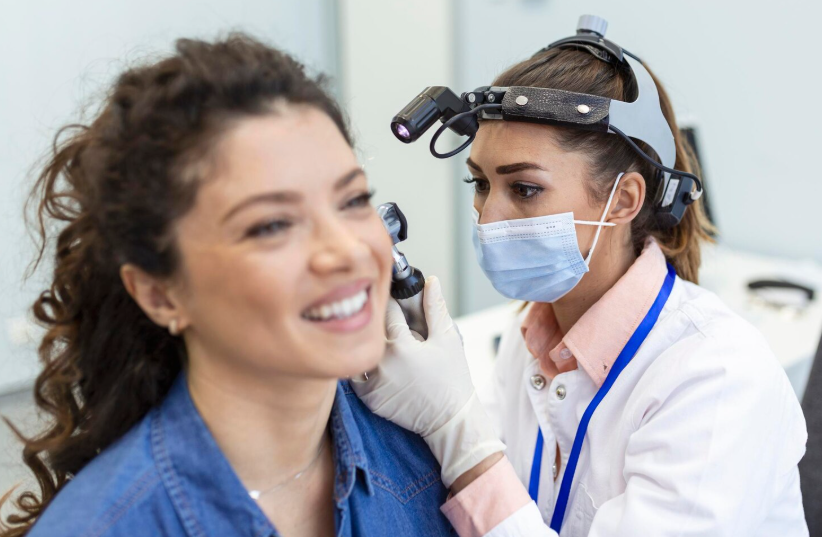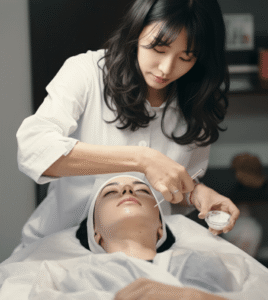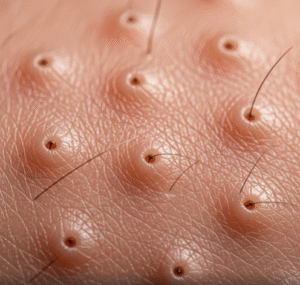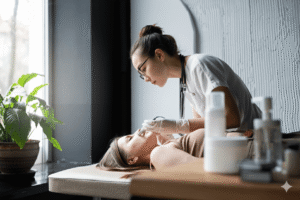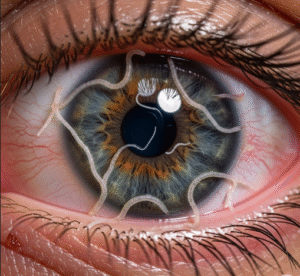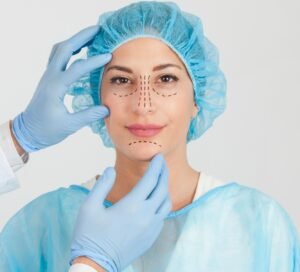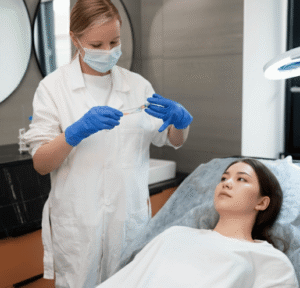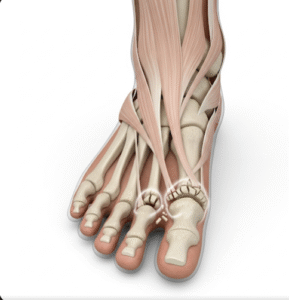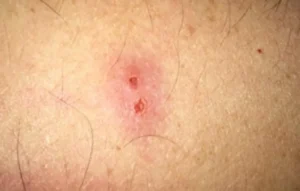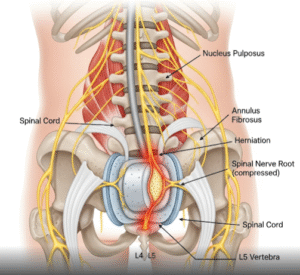What It Is
Ear pinning (otoplasty) is a surgical procedure that reshapes and repositions protruding or prominent ears closer to the head. It may involve reshaping the cartilage, setting the ear at a more natural angle, or reducing ear size for improved symmetry.
In Korea, otoplasty is commonly performed for both children and adults. Korean surgeons are known for their meticulous techniques, using hidden incisions and delicate cartilage reshaping methods to achieve natural, balanced results with minimal scarring.
Why It’s Done
Cosmetic Purposes:
- Corrects ears that stick out too far from the head
- Creates better balance between the ears and other facial features
- Enhances confidence for patients self-conscious about ear appearance
Corrective Purposes:
- Repairs congenital ear deformities
- Improves symmetry after trauma or previous ear surgery
Patient Considerations:
- Often performed on children as young as 5–6 years old (once ears are fully developed)
- Also common in teenagers and adults seeking lifelong correction
- Best suited for healthy, non-smoking individuals with realistic expectations
Alternatives
- Non-Surgical Ear Splints: For infants with soft cartilage, applied shortly after birth
- Hairstyle or Accessories: Temporary camouflage for protruding ears, not corrective
- Ear Reduction Surgery: For patients concerned with overall ear size rather than protrusion
Preparation
Before otoplasty in Korea, patients typically undergo:
- Consultation: Ear measurements, symmetry evaluation, and surgical planning
- Health Check: Bloodwork and general medical review
- Lifestyle Adjustments: Avoid smoking, alcohol, and blood-thinning medications prior to surgery
- Fasting: Required if general anesthesia is used; local anesthesia may not require fasting
How It’s Done
Type: Surgical, performed under local anesthesia with sedation (adults) or general anesthesia (children or complex cases)
Duration: 1.5–2.5 hours
Procedure Steps:
- Incision is made behind the ear, hidden in the natural crease
- Cartilage is reshaped, folded, or partially removed to set the ear closer to the head
- Permanent sutures secure the new ear position
- Incision is closed with fine sutures, minimizing visible scarring
Hospitalization: Usually outpatient; patients return home the same day
Recovery
- First Week: Swelling, mild bruising, and discomfort controlled with oral pain medication
- Bandages: A headband or dressing is worn to support the ears and protect sutures
- Activity: Most patients return to work or school in 5–7 days; avoid strenuous activity for 3–4 weeks
- Final Results: Stable after 1–2 months, with scars well-hidden behind the ears
Possible Complications
- Temporary swelling, bruising, and soreness
- Infection at the incision site (rare with proper aftercare)
- Asymmetry if one ear heals differently
- Visible scarring (rare, minimized with hidden incisions)
- Recurrence of ear protrusion if sutures loosen or cartilage shifts
Treatment Options in Korea
Diagnosis
Korean clinics use:
- Detailed Ear Measurements to plan symmetry
- 3D Imaging (in some clinics) to preview possible results
- Surgeon Consultation to tailor the procedure to individual anatomy
Medical Treatments
- Non-surgical ear molding for infants
- Temporary correction with accessories or hairstyle for those not ready for surgery
Surgical or Advanced Therapies
- Standard Ear Pinning (Setback Otoplasty): Ears repositioned closer to the head
- Cartilage Reshaping: Folding or trimming cartilage for natural curvature
- Ear Reduction (Macrotia Surgery): For patients with overly large ears
- Revision Otoplasty: Corrects previous unsatisfactory ear surgeries
Rehabilitation and Support
- Regular follow-up visits to check healing and suture stability
- Scar care therapies such as laser or silicone gel if needed
- International patient support: translation, transport assistance, and tailored recovery programs

